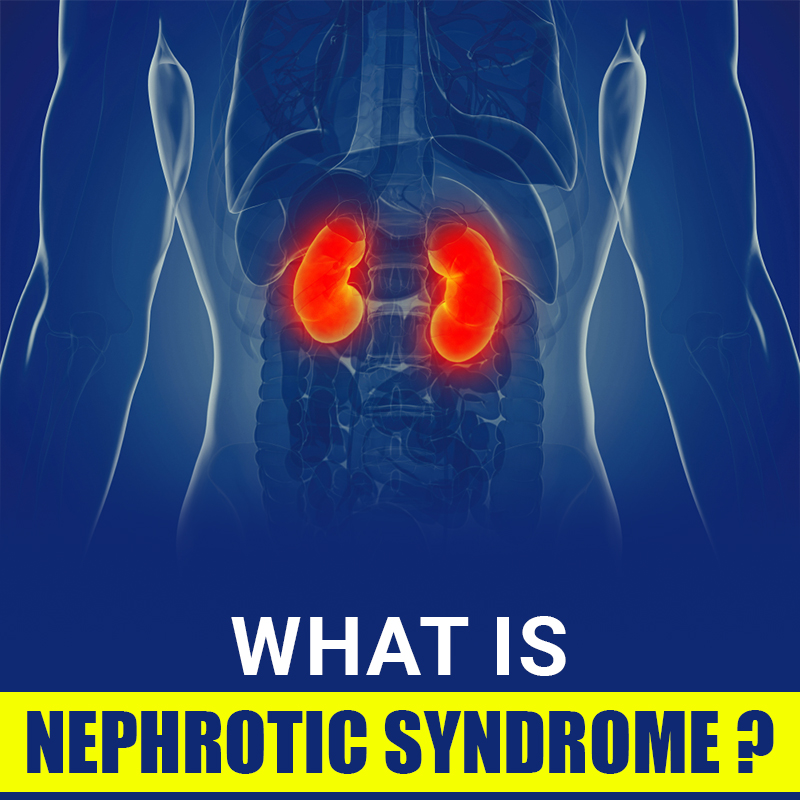Everything You Need To Know About PKD
Polycystic kidney disease is a congenital disorder in which the kidneys have an outer growth on them. Being an innate condition, it is the fourth leading cause of kidney disease in people. Many fluid-filled cysts can alter the kidney function later in life and be the reason for end-stage renal failure. Unlike simple kidney cysts that can form in the kidneys later in life, PKD enlarges the shape of the kidneys. A kidney loaded with cysts can weigh as much as 20 pounds.
Over time, these cysts may fill with blood though they remain noncancerous in nature. PKD can be the cause behind cysts in the other organs such as the liver and ovaries in females. It is critical to be aware of how PKD can affect an individual’s life. In order to manage PKD, polycystic kidney disease treatment in Ayurveda is recommended to the patients suffering the same. If you may not want to get along with dialysis or transplant like procedures, Ayurveda should be your treatment of choice. Ayurveda can help revive the genetic mutations and work on the chronological factors. This form of treatment is best to heal the kidneys naturally without bringing any chaotic conditions.
What are the types of PKD?
Based on how genes are mutated in the parents, PKD can be broadly classified into two types; Autosomal dominant PKD and Autosomal recessive PKD. In autosomal dominant PKD, the cysts start to form in the kidneys since birth, but the signs can only be experienced when a person reaches middle age, say mid 30-40.
While, another type, autosomal recessive PKD, denotes the growth of the cysts as soon as the baby is born. Its counter effects can be seen just after the baby is born or even before that. If the baby can survive the initial days of life, he can probably live longer.
Inheritance
In most cases of PKD, an autosomal dominant pattern of inheritance is responsible. People with ADPKD are born with only one mutated copy of the PKD1 or PKD2 gene in each cell. In most cases, the affected person inherits the mutation from one affected parent. The rest of the cases may receive new gene mutation in one of the genes in people with no history of PKD.
Usually, one altered copy is sufficient to cause the disorder; an additional copy makes it easier for the cysts to grow at an abnormal rate.
PKD can be inherited in an autosomal recessive pattern. This form of PKD requires two altered copies of the PKHD1 gene in each cell. The parents are not affected with ARPKD but may be the carriers of one copy of the altered gene. The Best PKD treatment in Ayurveda will ensure that cysts get shrink without any knock-on effects.
What are the signs and symptoms of PKD?
The signs and symptoms of ADPKD and ARPKD vary from person to person.
Common signs and symptoms may include:
- Pain in the area of cysts
- High blood pressure
- Back or side pain
- Blood in your urine
- A feeling of fullness in your abdomen
- Increased size of your abdomen due to enlarged kidneys
- Headaches
- Kidney stones
- Kidney failure
- Urinary tract or kidney infections
Early signs of ARPKD may include larger than normal kidneys and growth failure in the baby. Also, in most cases, ARPKD does not cause any signs or symptoms until childhood.
When to see the doctor
It is not rare that people will have polycystic kidney disease without having to know it. If you develop signs of polycystic kidney disease, it is important to see your healthcare team. If you have a first-degree relative-parent, sibling, or child who has had PKD, genetic testing is needed for this disorder.
Diagnosis of polycystic kidney disease
In order to diagnose PKD, it is important to undergo specific tests to know your congenital medical condition. The process starts with blood and urine tests to know how your kidneys are performing their function. The idea is to look for protein, blood, and the presence of bacteria in the blood.
Imaging tests are also available to check for cysts in the liver, kidneys, etc.
- Abdominal CT scan. An abdominal CT scan can help check for cysts.
- Abdominal MRI scans. The test helps the doctors visualize the structure of the kidneys and cysts.
- Abdominal ultrasound. Done with the help of sound waves, your healthcare team can detect the size of the cysts.
- Intravenous pyelogram. It is a type of X-ray that assess the kidneys, bladder, and ureters to know the cause or reason for pain in the back.
After the diagnosis tests, if your healthcare diagnoses you with PKD, it is important to get the Best PKD treatment in Ayurveda.
Prevention of polycystic kidney disease
- Do a timely checkup of blood pressure.
- Try to maintain a healthy weight.
- If you smoke, it is high time for you to quit all such bad habits.
- Do not consume an excess of painkillers and medications.
- Make sure not to skip the medicines prescribed by your doctors.
- Maintain your blood sugar level.
- Do not drink alcohol or smoke.
- Adopt the habit of doing thirty minutes of exercise.
- Make a healthy diet plan to improve PKD.
Get your polycystic kidney disease treatment in Ayurveda now!




Comments
Post a Comment